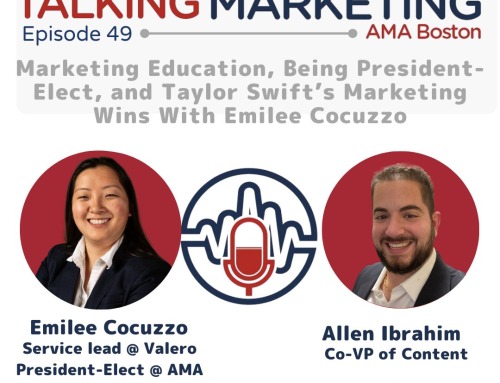The marketing landscape has rapidly changed over the last few years, especially in terms of creating content and keeping your brand relevant. It can be hard to keep up with best practices and know where to start when it comes to developing a successful marketing strategy for your business. There is no quick-fix to become a household name overnight, but here are some strategies to help you launch your brand.
Blogging
When most people think of different types of content, marketing blogging is usually one of the first for a good reason. Writing in-depth blogs about issues your visitors care about will catch their attention with helpful information while providing content to boost your search engine optimization and social media presence. Guest blogging is a great way to position your brand as an authority on certain applicable industry topics. To step your blogging game up, consider adding ebooks podcasts or infographics.
Start Using APIs
Using API’s or Application Programming Interfaces is an increasingly popular way to streamline e-commerce businesses. These contracts allow two pieces of software to share certain pieces of information in an effort to improve customer service. Although they go mostly unnoticed by users, almost everyone has interacted with and most likely benefited from an API. You can deliver brand exposure by implementing useful APIs to help distribute data or media in a way that tackles a customer issue. Simply implementing a push notification API can retarget lost customers. Shipping APIs allow you to monitor shipments and create branded tracking page and branded shipping labels instead of redirecting to a third party site. thereby improve customer service and efficiency. These are only a few examples as there are almost unlimited applications and even more being developed every day.
Retargeting
Only 2% of web traffic converts on their first visit. So while getting eyes on your site and clicks on your pages is important ignoring retargeting opportunities can be detrimental. Remarketing or retargeting means showing ads or sending email campaigns to a specific set of customers: users who visited your site but left before you got the conversion you were looking for. Retargeting ads can be placed across any websites your customers visit. This can also give the impression that your business has a larger ad budget. Saving customer’s carts after they have been abandoned and reminding them with an email including a discount can help boost conversion rates more than you think.
Highlight Social Media
The number of social networks is still increasing, and trying to remain successfully active on all of them is a waste of resources. Consider which platforms your business is best suited for and put the majority of your effort into polishing those. Knowing your audience is an important aspect in successful social media strategizing. B2C image-heavy sites and creative industry sites often do better on Instagram and Pinterest, as consumers can visualize your products on these platforms. B2B companies may end up performing better on Twitter and LinkedIn.
Besides maintaining a presence and posting organic content you may want to spice up your customer’s feed by running a social media contest. This raises awareness by prompting contestants to share the link with friends, family and followers to get more entries.
Selecting influencers to partner with is another way to increase brand awareness and drive sales through social media channels. Influencers with established audiences mentioning your products, leaving reviews, and discussing the way they use your services or products expands your reach and prompts follower engagement.
Keep Packaging Consistent
It may sound like common sense to some, but using consistently quality, branded packaging goes a long way for any ecommerce businesses. Special branding or unique packaging can make a customer’s package seem like a gift rather than any average shipment. Anything that can enhance the customer experience should be taken seriously. Branded packaging offers an additional touchpoint and anything that creates value and enhances the customers experience is nearly as important as your product itself.
Brand awareness is one of the most memorable things about a company in the customer’s eye, as it helps them remember the value of your business. Taking your branding to the next level doesn’t need to be a daunting task. Start small by considering any missed branding opportunities, and make sure to measure any progress as you implement changes. As today’s competitive digital marketing landscape continues to change, you will want to keep testing new strategies to ensure you’re still making the biggest impact on your customers.






